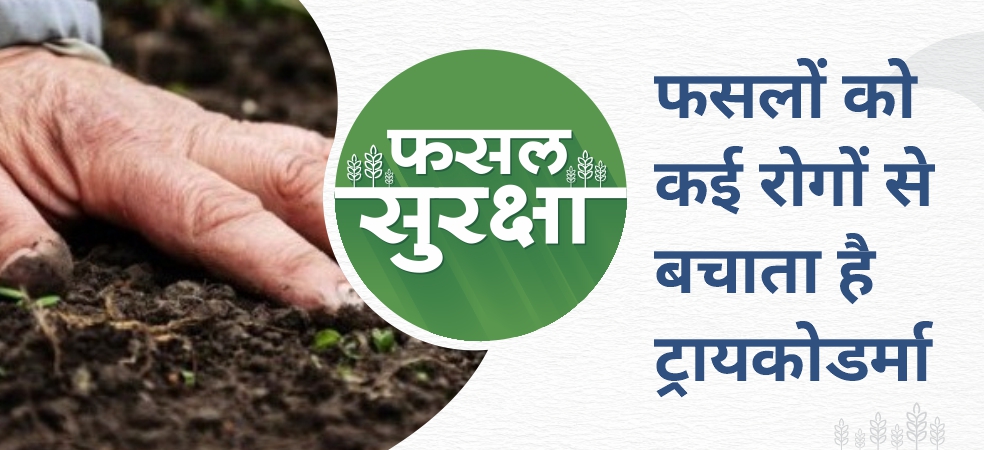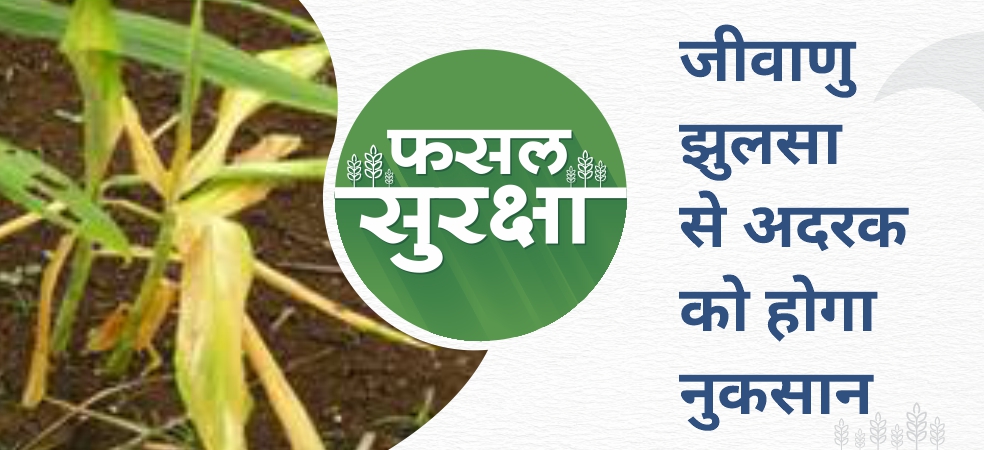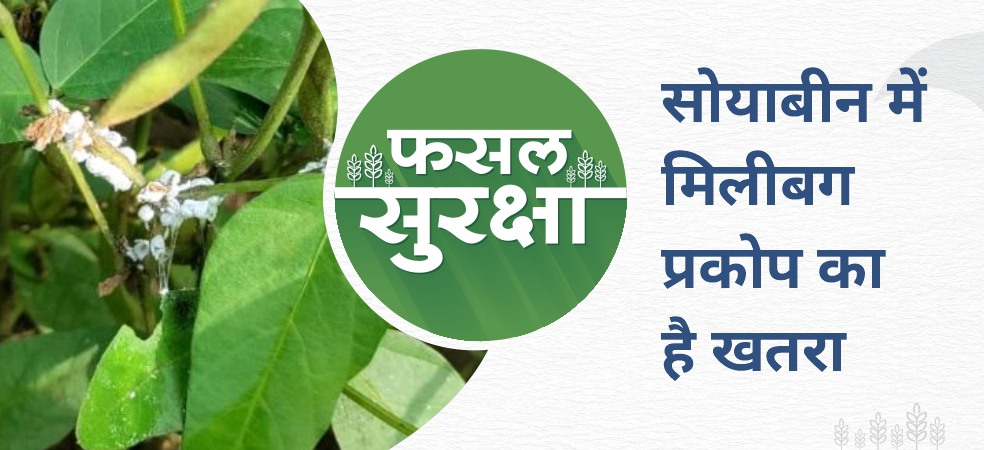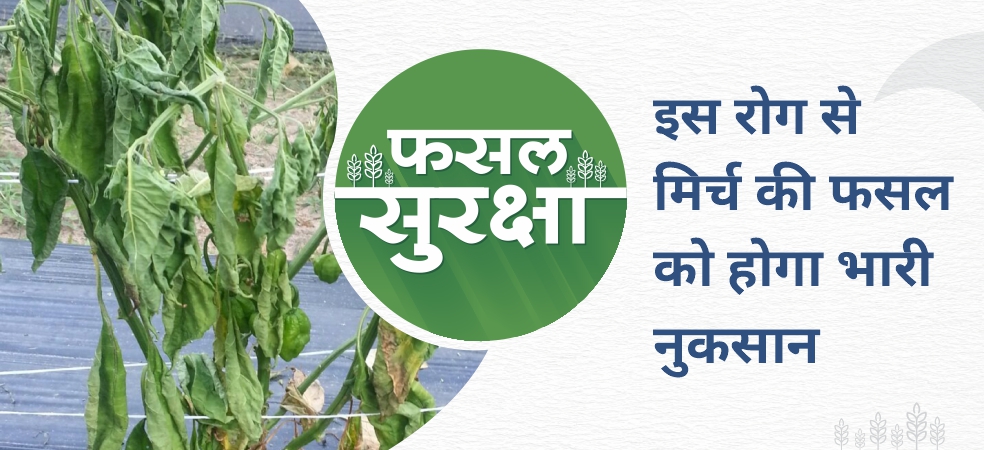-
Many fungi are found naturally in soil, some of which are harmful while some are beneficial.
-
Trichoderma is one of the beneficial fungi.
-
It is a bio fungicide that is very important and useful in agriculture.
-
Trichoderma kills soil-borne diseases like Fusarium, Pythium, Phytophthora, Rhizoctonia, Sclerotium, etc.
-
Helps to prevent diseases affecting crops such as wet rot, root rot, wilt, stem rot, fruit rot, scorching, etc.
-
Trichoderma prevents disease-causing agents and plays an important role in crop development.
ShareFor such important information related to agriculture and agricultural products, keep reading Gramophone’s articles daily. Be sure to visit the market section of gramophone to purchase advanced agricultural products.










